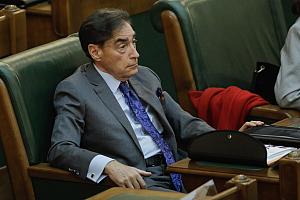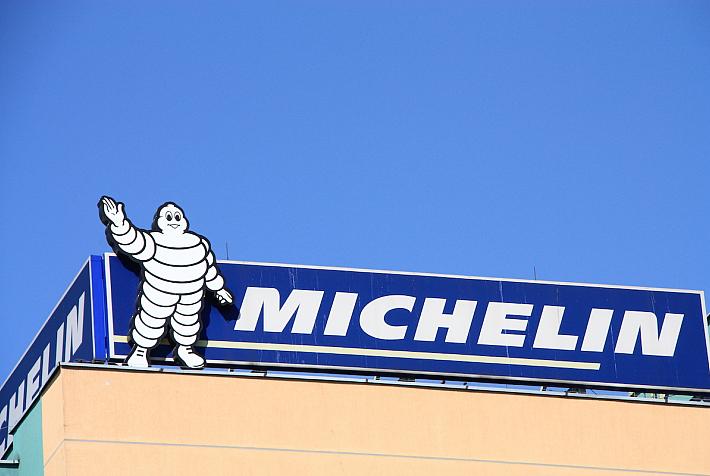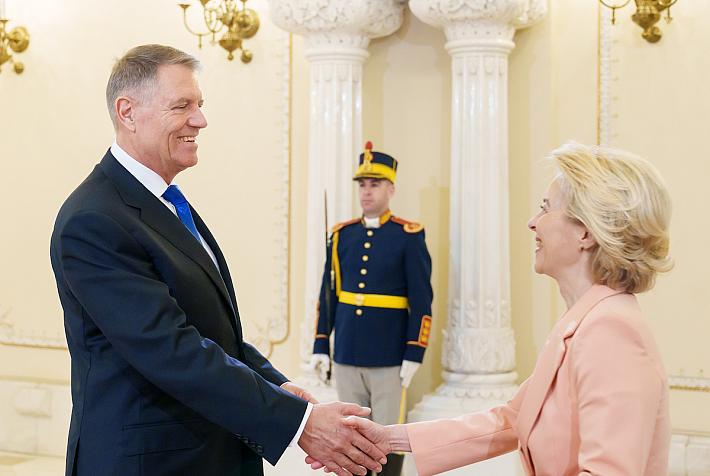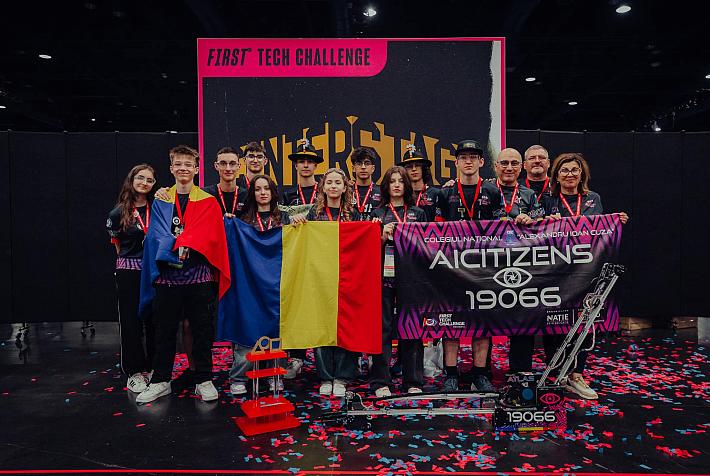Former Romanian president, PM investigated for crimes against humanity in 1990 miners’ riot case

The Romanian General Prosecutor's Office officially announced the indictment of former president Ion Iliescu, former prime minister Petre Roman, and former deputy prime minister Gelu-Voican Voiculescu for crimes against humanity, in the case of the Mineriada (miners' riot) of June 1990.
Along with the three, the former director of the Romanian Intelligence Service (SRI), Virgil Măgureanu, Adrian Sârbu, Miron Cozma, retired General Vasile Dobrinoiu (former commander of the Higher Military School of Officers of the Ministry of Internal Affairs), and retired General Peter Petre (former commander of Military Unit 0575 Măgurele) were also charged.
Former president Ion Iliescu, now 94 years old, was questioned by prosecutors on April 26 at his home, as he is unable to travel.
Military prosecutors claim that in June 1990, not long after the fall of the communist regime in Romania, decision-makers in the state at that time, including Petre Roman, Gelu-Voican Voiculescu, aided by others, launched a policy of repression against the civilian population in the capital, resulting in four deaths, two rapes, and physical and/or psychological harm to over 1,300 people, with more than 1,200 individuals unlawfully detained, according to the press release.
The repression was directed against demonstrators grouped in Bucharest’s University Square who were advocating for former communist officials to be banned from the newly democratic state apparatus. They were also asking for the promotion of individuals without a party activist background, the establishment of a free television station, and other democratic demands.
In this context, Petre Roman, Gelu-Voican Voiculescu, Virgil Măgureanu, and other state leaders or members of the governing National Salvation Front launched an attack against the demonstrators present in University Square. The attack was actually a pretext intended to mask the repressive action against those who had previously participated in these demonstrations. The repression targeted any person who was showing or was likely to show any form of opposition, particularly students, intellectuals, or individuals expressing alignment with Western values.
"A scenario was constructed to lose track of the real attackers. An important component of this scenario involved manipulative public communication about the danger posed by the demonstrators. Given the scale of the attack, its implementation required the involvement of a very large number of people, all planned by those indicted," prosecutors say.
"The individuals who physically carried out the criminal acts held a lower position in the group's hierarchy, but the orchestration of the crimes was attributed to the political leadership of the Romanian state at that time through the aforementioned individuals," the prosecutors explained.
From the evidence gathered by the prosecutors, Petre Roman, Gelu-Voican Voiculescu, and Virgil Măgureanu, along with other decision-makers, played key roles.
Initially, workers from the Bucharest Heavy Machinery Enterprise were brought to University Square, where they acted violently, physically assaulting individuals in the area of the Institute of Architecture, after which they occupied University Square along with law enforcement forces to prevent the return of the demonstrators.
The actions undertaken by state authorities triggered a violent response from the protestors, resulting in the burning of the headquarters of the Capital Police, the Ministry of Internal Affairs, Romanian Television, and the Romanian Intelligence Service. Firearms with live ammunition were used by law enforcement under these circumstances, resulting in four people being shot dead.
The authorities' repression continued on June 14 and 15, 1990, through a systematic attack carried out together with miners and workers from several counties. In this context, the over 10,000 miners that were brought to Bucharest devastated the headquarters of newly established or re-established political parties that were in the opposition, the homes of the main political leaders of the opposition, and the headquarters of independent press publications and educational institutions. They also assaulted residents of Bucharest under the pretext that they were linked to the demonstrations in University Square.
The individuals who were taken from University Square, along with others considered to be connected to the demonstrations, were forcibly taken to Military Unit 0575 Măgurele and the premises of the Higher Military School of Officers in Băneasa, where they were unlawfully detained in completely inappropriate conditions.
Initially, in June 2017, former president Ion Iliescu and the other defendants were prosecuted for crimes against humanity in this case, but in December 2020, the High Court of Cassation and Justice decided to return the case to the Military Prosecutor's Office for a complete reinvestigation.
The former president, a state official during communism, is also investigated for crimes against humanity in the bloody events of December 1989 that resulted in the overthrow of the Ceausescu regime in Romania. During the 8-day period, when the country was managed by an interim body headed by Ion Iliescu, 857 people died, 2,382 people were severely injured, and many more were ill-treated even under the wartime regulations on the grounds that they were “terrorists.”
(Photo source: Inquam Photos | Octav Ganea and George Calin)
















